The initial draw of coastal destinations is often obvious—sparkling waters, sandy beaches, and maritime charm pull travelers like a magnetic force. Yet many visitors discover something unexpected after arriving: walking paths that reveal the soul of these seaside communities. Beyond the shoreline lies a network of trails, promenades, and historic streets that showcase layers of culture, history, and natural beauty.
Here is a list of 17 coastal towns where you might come for the water views but find yourself extending your stay to explore the walking opportunities that reveal these destinations’ true character.
Cinque Terre, Italy
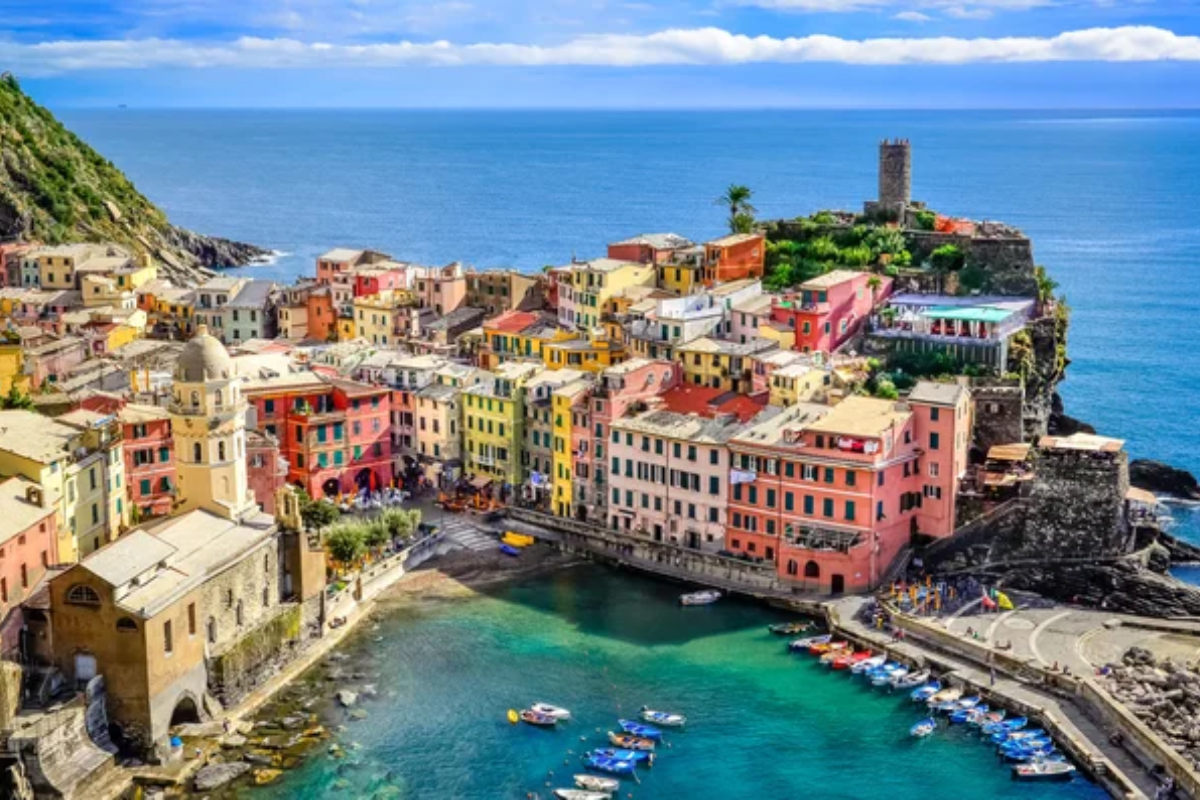
Five colorful fishing villages cling to cliffs above the Ligurian Sea, initially attracting visitors with their picture-perfect harbors. The network of ancient footpaths connecting these UNESCO-protected settlements—some dating back to medieval times—quickly becomes the unexpected highlight.
Vineyard terraces built over centuries line steep hillsides, while paths wind through olive groves, offering spectacular vistas around each bend. Local families still tend to these terraces, creating living connections to traditions that predate tourism by hundreds of years.
Carmel-by-the-Sea, California
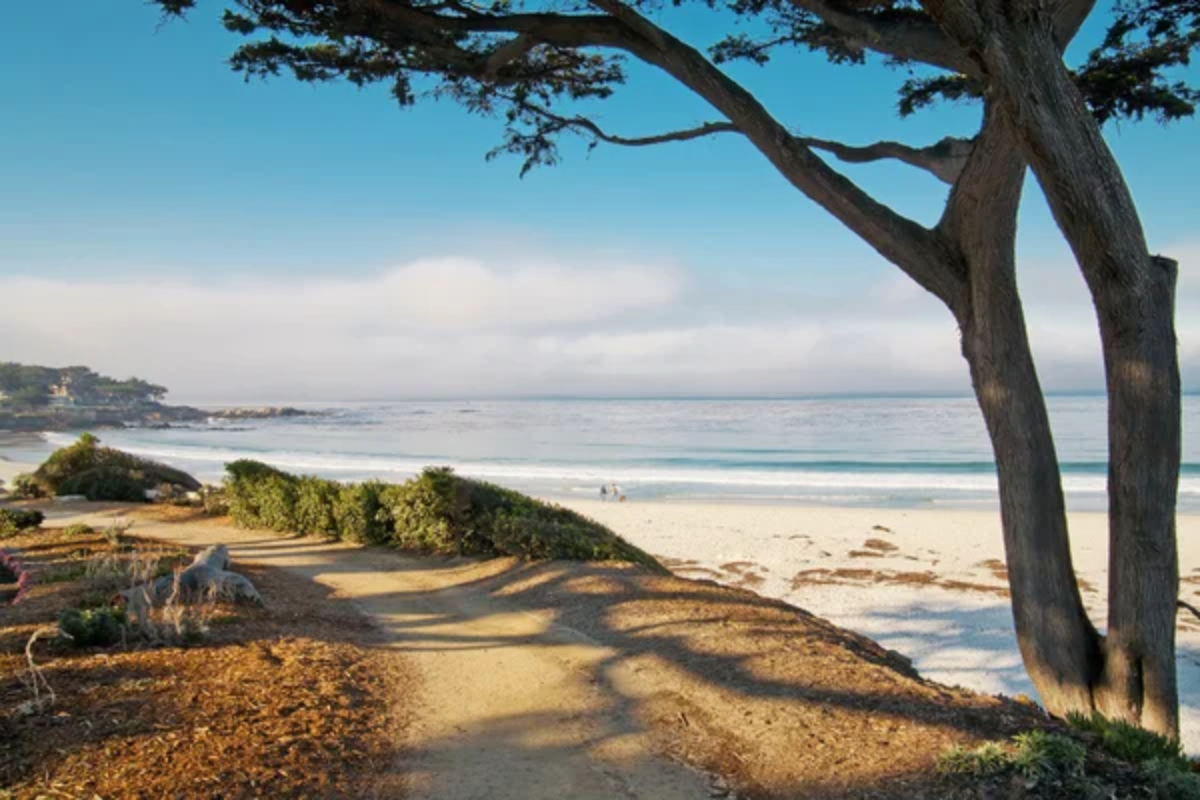
The white-sand beach draws initial attention to this upscale coastal village, but the walking experiences throughout town reveal its artistic soul. Fairytale cottages with names instead of street numbers hide among towering pines, while secret passageways and courtyard gardens appear unexpectedly between buildings.
The town’s bohemian roots—it was founded as an artists’ colony in the early 1900s—remain evident in quirky architectural details and the dozens of art galleries lining village streets. Residents take enormous pride in their town’s walkability, maintaining flower-lined paths that connect neighborhoods to the beach.
Like Travel Pug’s content? Follow us on MSN.
St. Ives, Cornwall, England
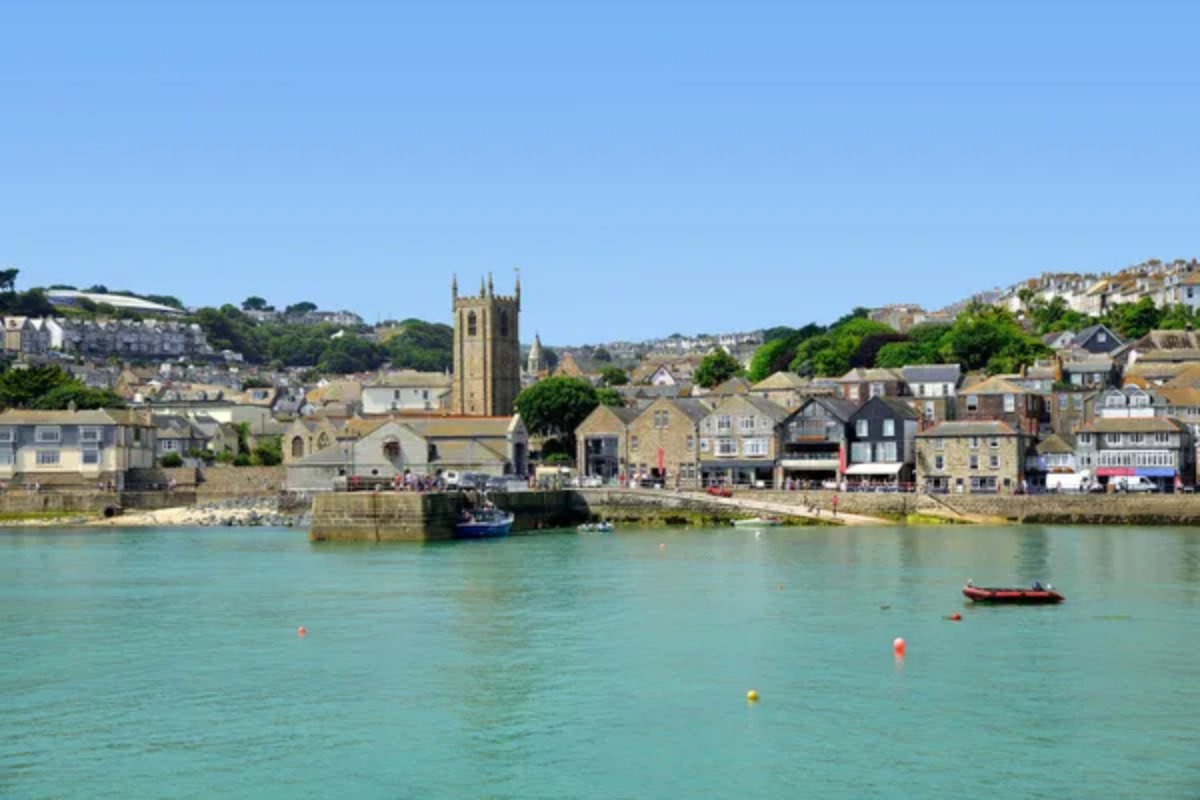
Turquoise waters and golden beaches initially attract visitors to this Cornish harbor town, but the Southwest Coast Path running along clifftops reveals dramatic landscapes that painters have captured for generations. The narrow, winding streets of the old fishing quarter—known as The Downalong—contain centuries of maritime history within whitewashed cottages and tiny studios occupied by working artists.
Morning walks bring encounters with fishermen mending nets and artists setting up easels to capture the extraordinary light that has drawn creative communities here since the Victorian era.
Cascais, Portugal
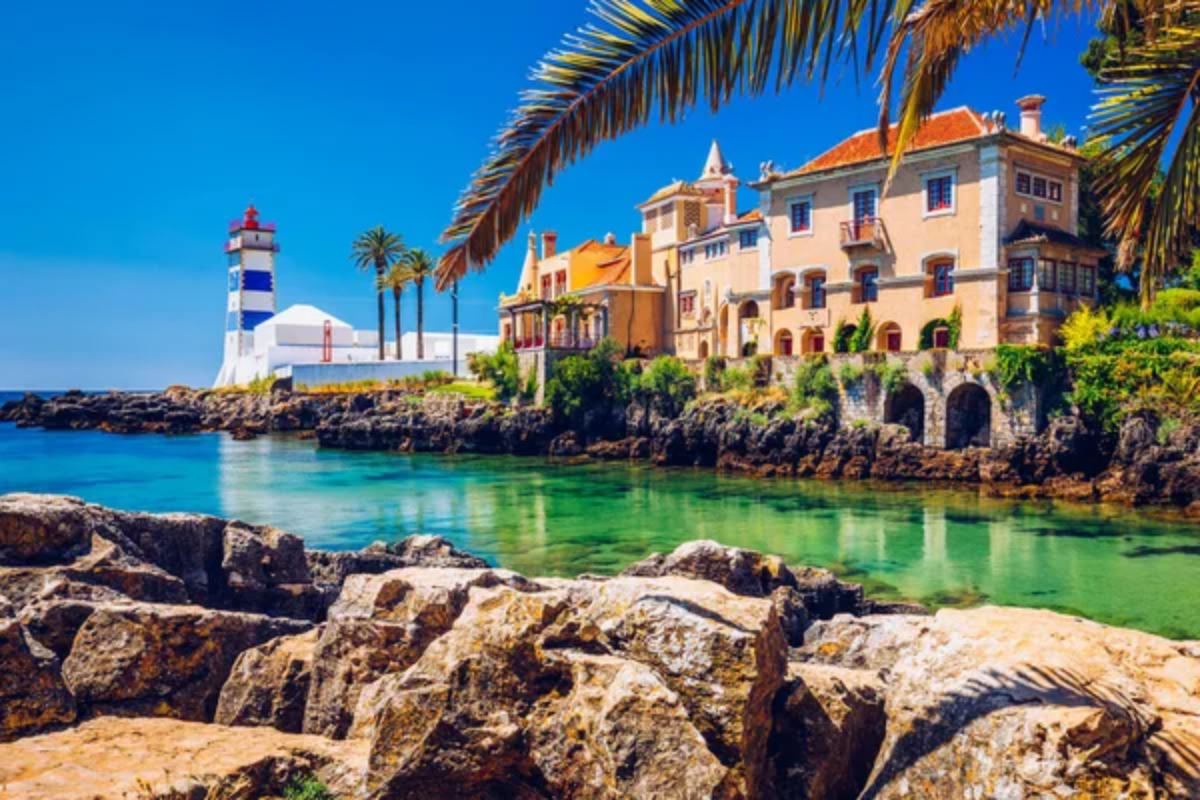
The Portuguese Riviera’s perfect swimming coves first attract visitors to this former fishing village turned sophisticated coastal retreat. The promenade connecting Cascais to neighboring Estoril provides scenic walks past historic forts and elegant 19th-century mansions built when Portuguese royalty made this their summer destination.
Inland streets reveal colorful tiles adorning buildings and hidden squares where locals gather for morning coffee. Wilder, Atlantic-facing paths lead to dramatic cliffs and secluded beaches unreachable by car.
Kennebunkport, Maine
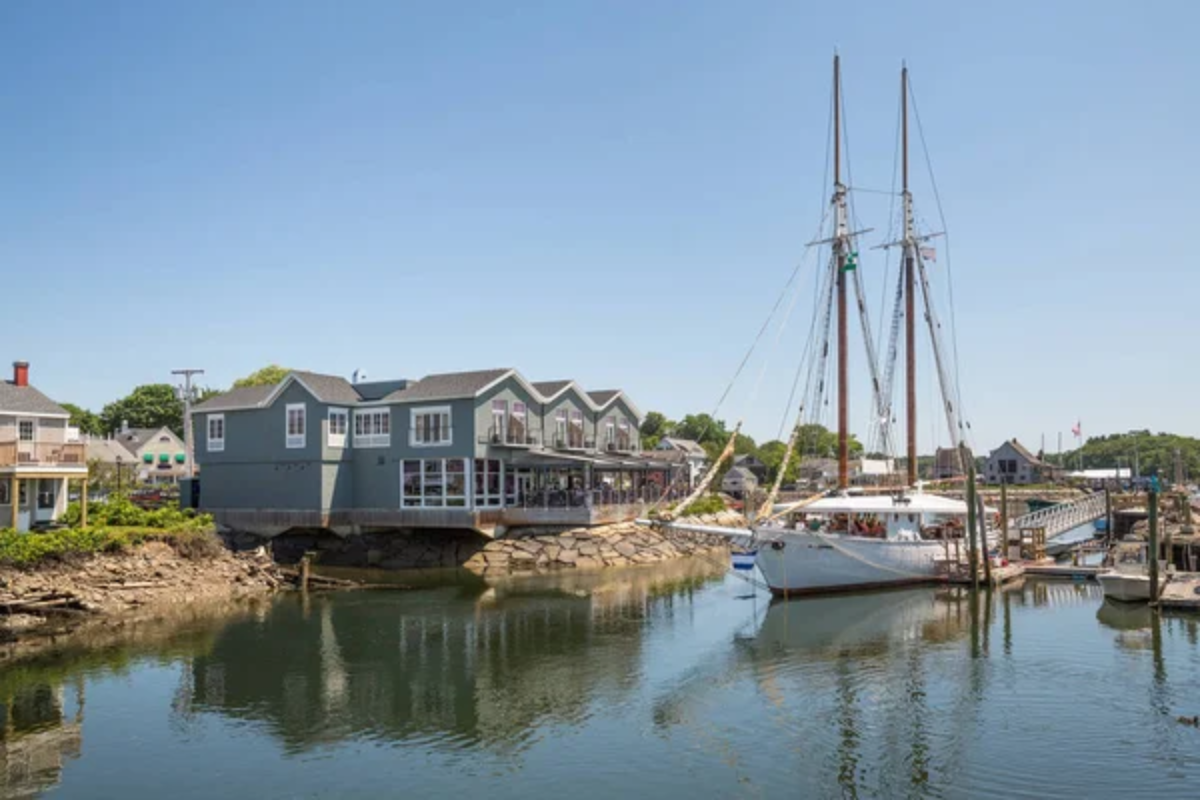
The picturesque harbor filled with lobster boats brings visitors to this classic New England coastal town, but the network of walking paths reveals its deeper character. The tree-lined streets of the historic district showcase well-preserved Federal and Greek Revival homes built by sea captains during the shipbuilding era.
Parsons Way Shore Walk offers views of both working waterfronts and the Bush family compound at Walker’s Point. Winter brings peaceful solitude to these same paths, with locals continuing their daily constitutional regardless of the weather.
Like Travel Pug’s content? Follow us on MSN.
Dubrovnik, Croatia

The crystal-clear Adriatic waters surrounding this walled city attract initial attention, but walking the ancient city walls quickly becomes an essential experience. The elevated pathway circles the entire Old Town, offering perspectives that change with each of the 1,940 steps along its course.
Early morning walks through limestone streets polished by centuries of footsteps reveal daily life before cruise ships arrive—markets setting up, café owners arranging chairs, and locals exchanging news in front of historic churches. The nearby Mount Srđ offers hiking trails with panoramic views of red-tiled roofs against azure waters.
Llandudno, Wales
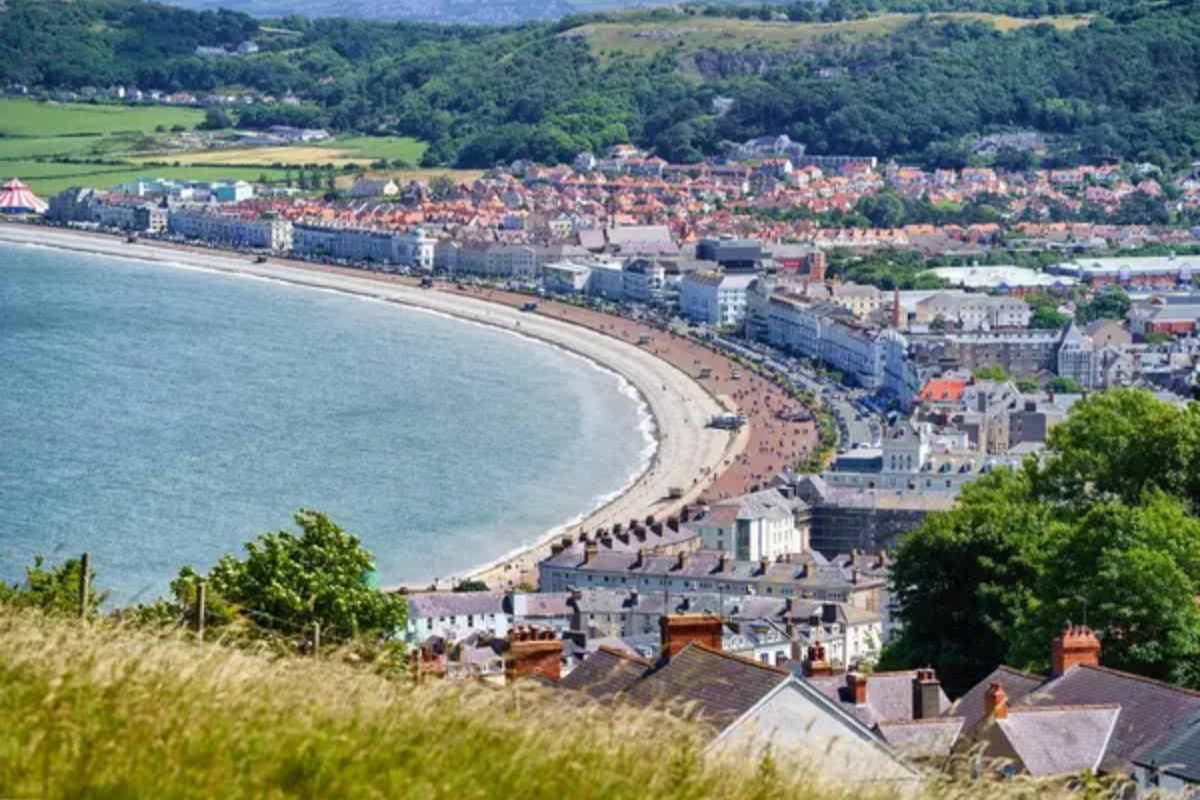
The Victorian seaside promenade and sweeping bay first draw visitors to this Welsh resort town, but the walking paths around the Great Orme headland reveal spectacular coastal scenery and unexpected history. Ancient copper mines, wild mountain goats, and rare butterflies appear along trails that circle this massive limestone outcropping.
The historic “Elephant Path” connects the town to the summit through a series of switchbacks offering increasingly dramatic views. Weather-beaten trails along the less-developed western shore provide solitude even during busy summer months.
Bar Harbor, Maine
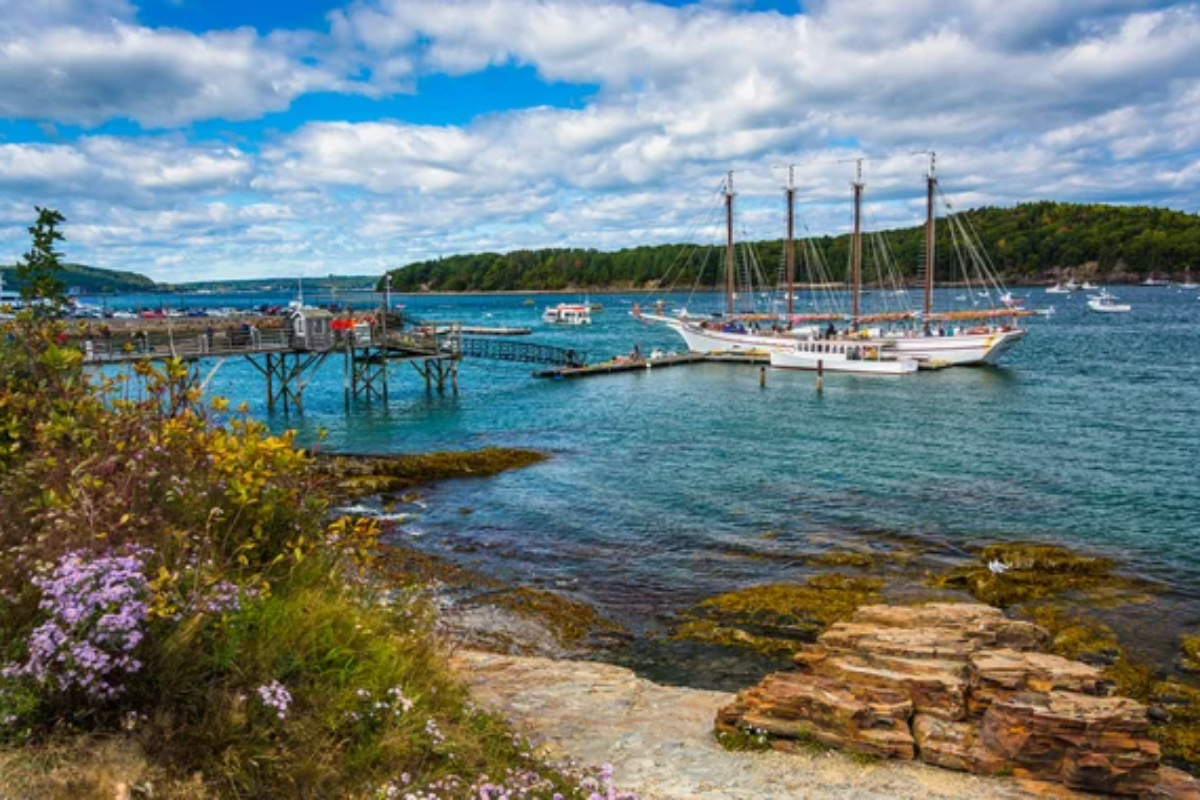
The gateway to Acadia National Park attracts visitors with its scenic harbor and island views, but the Shore Path, dating back to the 1880s, quickly becomes a daily ritual. This historic walkway hugs the coastline past Gilded Age mansions—locally called “cottages”—built when America’s wealthiest families summered here.
The town’s walkable streets reveal Victorian architecture preserved from Bar Harbor’s heyday as America’s most exclusive resort. Quiet morning strolls bring encounters with working lobstermen heading out for the day and bakeries preparing popovers—a local specialty.
Like Travel Pug’s content? Follow us on MSN.
Positano, Italy
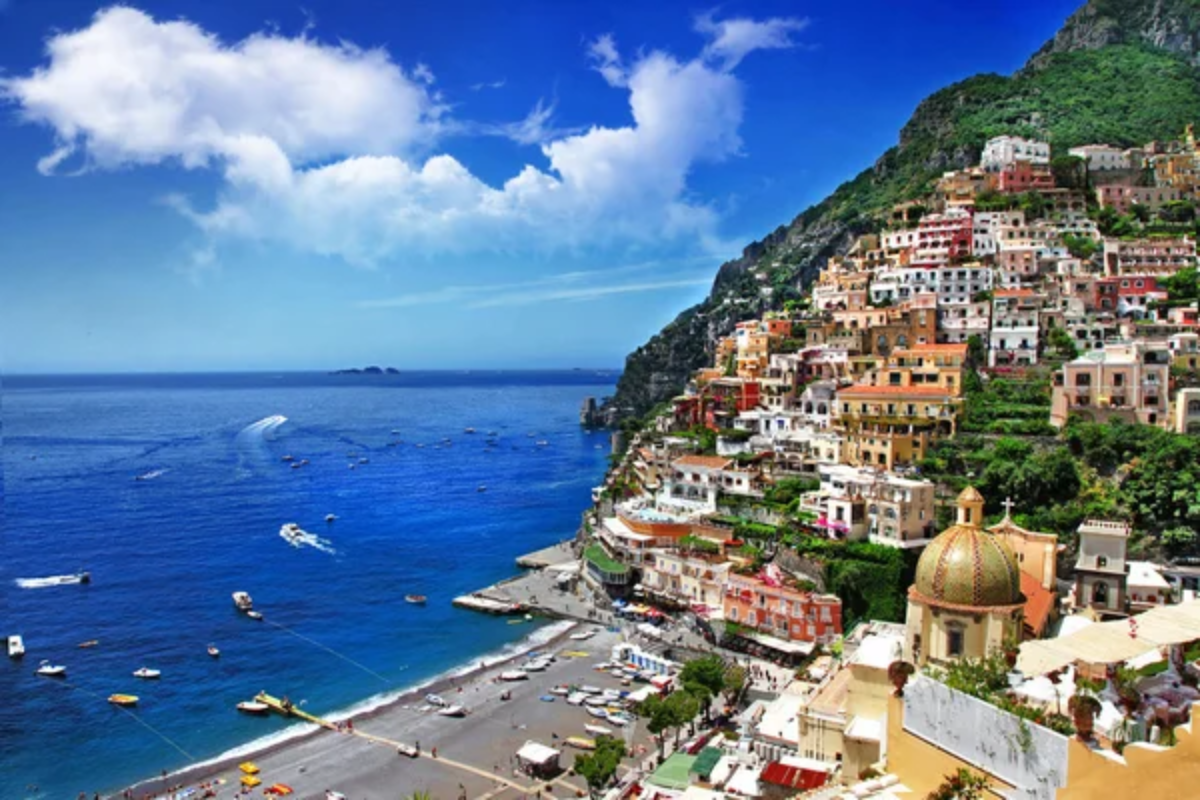
The dramatic setting on the Amalfi Coast, with colorful buildings cascading down to turquoise waters, creates Positano’s initial appeal. The ancient network of footpaths connecting hill towns—including the famous “Path of the Gods”—quickly becomes an unexpected adventure. Stone stairways serving as vertical streets connect the town’s neighborhoods, offering calf-burning workouts rewarded with stunning views.
These paths were the only transportation routes for centuries, with many still lined by family gardens producing lemons for the region’s famous limoncello.
Lahaina, Hawaii
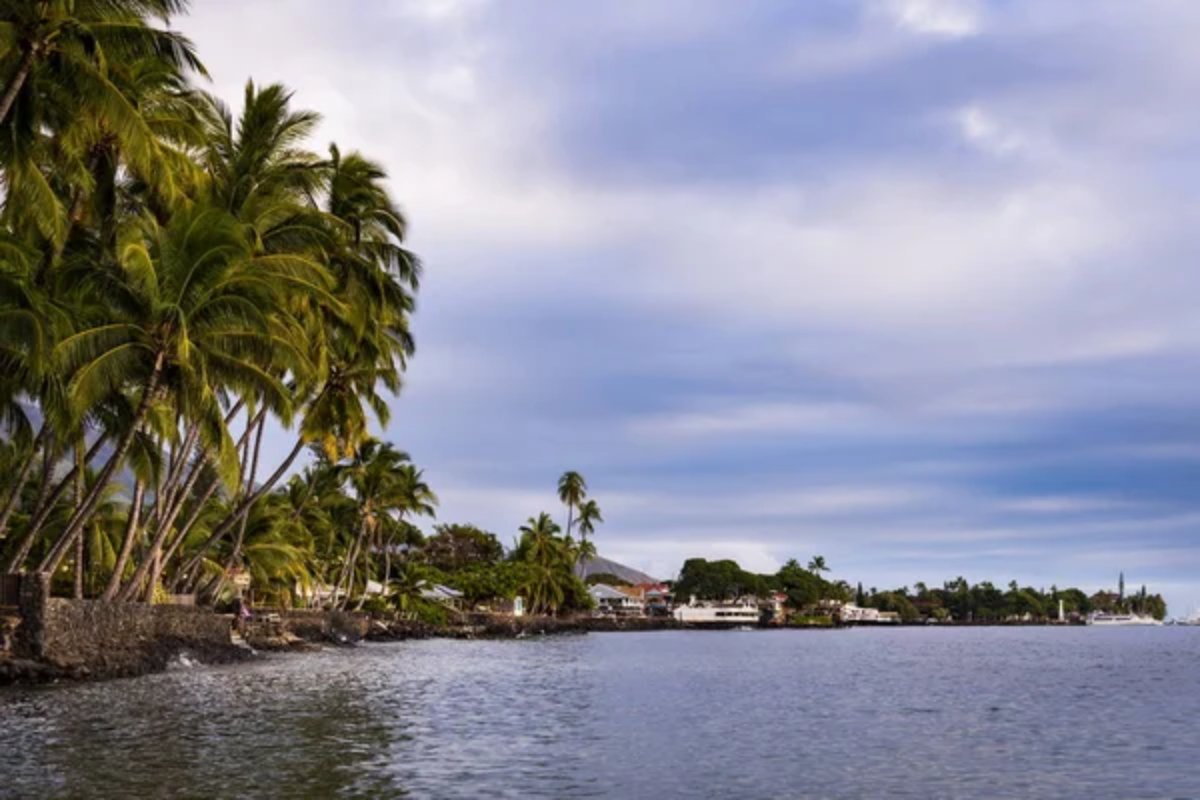
The perfect swimming beaches and whale watching opportunities first attract visitors to this historic Hawaiian town on Maui. The self-guided historic walk along Front Street reveals Lahaina’s complex past as both the ancient Hawaiian capital and a whaling port. Massive banyan trees provide shade over gathering spots where local elders share stories and musicians play traditional instruments.
The Lahaina Pali Trail climbs from sea level to mountain ridges, offering views of neighboring islands and roads originally built by Hawaiian laborers in the 1800s.
Byron Bay, Australia

The perfect waves and stunning beaches initially draw surfers and sunseekers to Australia’s easternmost town. The Cape Byron Walking Track quickly becomes a daily ritual, winding through rainforest, beach, grassland, and clifftops to reach the iconic lighthouse.
Dawn walks offer frequent dolphin sightings and, during migration season, close encounters with humpback whales breaching offshore. The town’s commitment to environmental protection means many areas remain accessible only by foot, preserving natural ecosystems despite the area’s popularity.
Like Travel Pug’s content? Follow us on MSN.
Essaouira, Morocco

The windswept Atlantic beaches that attract windsurfers and seabirds create the first impression of this fortified Moroccan port. The compact medina enclosed by 18th-century ramparts reveals itself as an incredibly walkable cultural treasure, with French, Portuguese, and Berber influences evident in its architecture.
Morning walks along city walls built by European engineers offer views of fishing boats returning with the day’s catch. The wide beach stretches for miles, providing sunset strolls where camels rest, and local soccer games unfold on the hard-packed sand.
Valparaíso, Chile

The colorful hillside neighborhoods rising above a working harbor create the initial visual impact of Chile’s cultural capital. The network of steep stairways, funiculars, and hilltop pathways connects disparate neighborhoods painted in bold colors and covered with sophisticated street art.
Each of the city’s Cerros (hills) maintains a distinct character, with walking routes revealing unexpected plazas, bohemian cafés, and panoramic viewpoints. The UNESCO-protected historic quarter preserves architecture from the city’s 19th-century prominence as a major shipping port before the Panama Canal.
Hoi An, Vietnam
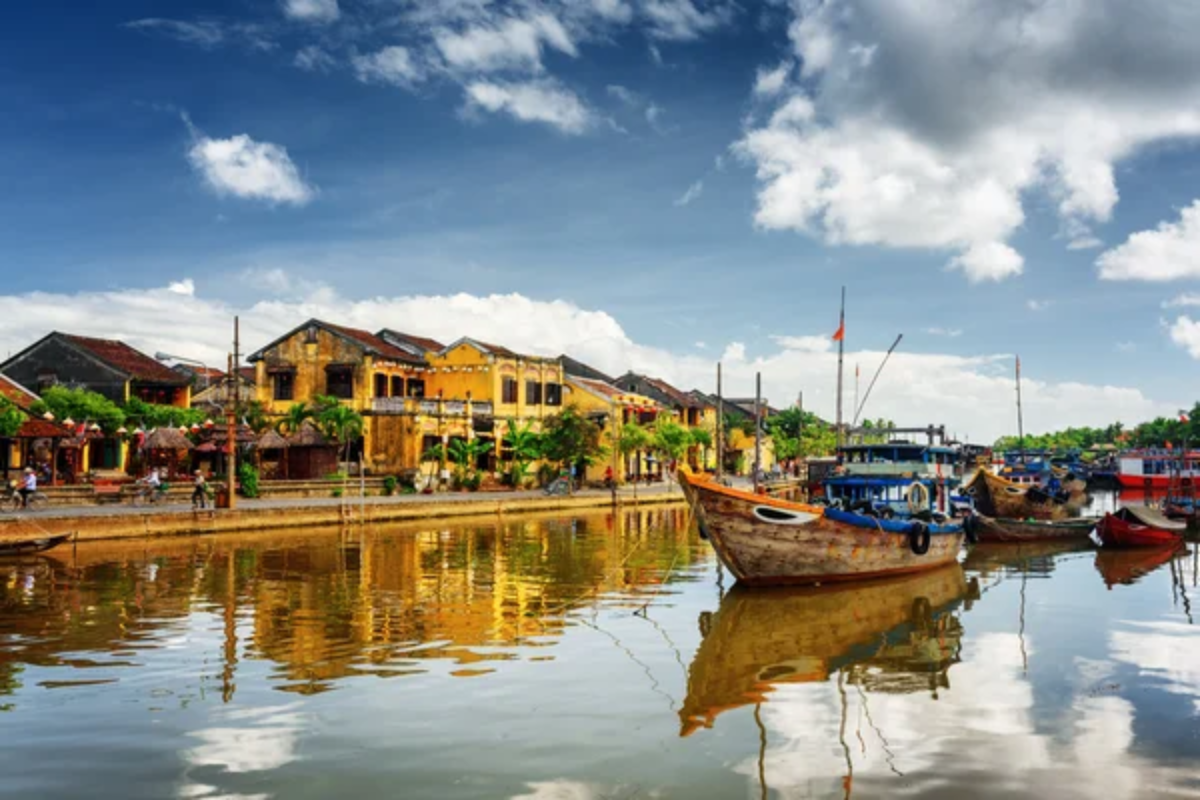
The picturesque riverfront with colorful lanterns reflecting on the water creates Hoi An’s first impression. The exceptionally preserved Ancient Town—a UNESCO site—reveals itself through morning walks when streets are quiet enough to appreciate architectural details showing Japanese, Chinese, and European influences in this former trading port.
Rural paths connecting the town to nearby beaches wind through rice paddies and vegetable gardens tended by farmers using traditional methods. The monthly full moon festival transforms walking routes with thousands of handmade lanterns illuminating streets closed to motorized traffic.
Like Travel Pug’s content? Follow us on MSN.
St. Andrews, Scotland
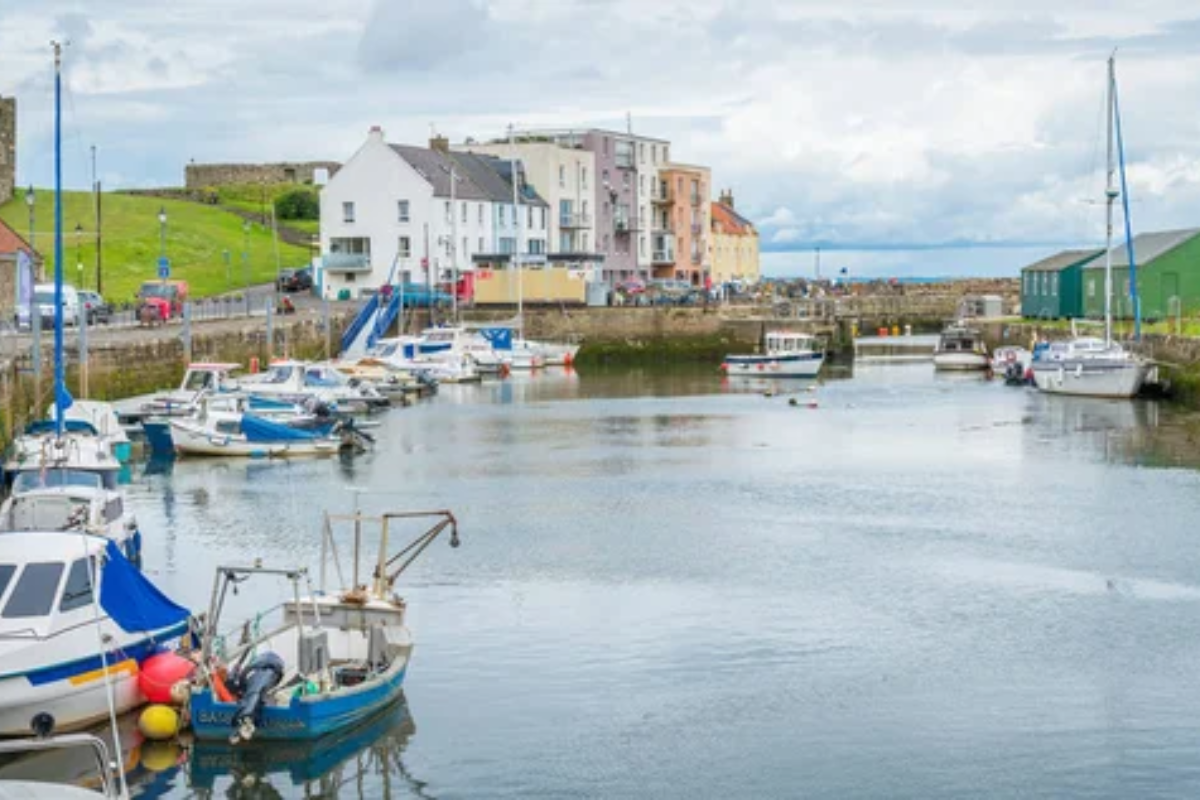
The dramatic coastline and famous golf courses initially draw visitors to this ancient university town. The network of walking paths—including the scenic Lade Braes Walk and the Fife Coastal Path—reveals medieval ruins, secret gardens, and dramatic cliff views.
Morning strolls through the historic university grounds, founded in 1413, bring encounters with academic traditions that have continued uninterrupted for centuries. The harbor path passes working fishing boats still bringing daily catches to local restaurants, maintaining maritime traditions despite tourism’s growth.
Kinsale, Ireland
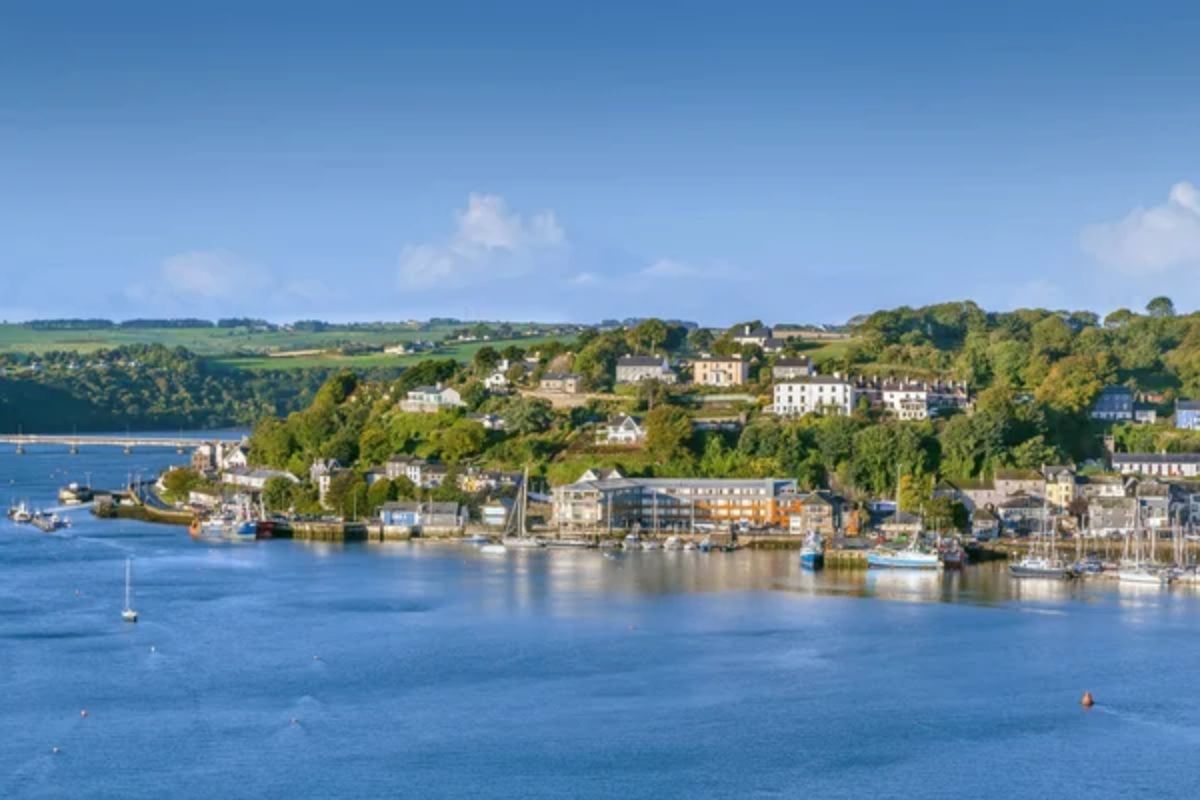
The perfect natural harbor and sailing opportunities create the first impression of this colorful town on Ireland’s southern coast. The historic walking tour reveals Kinsale’s strategic importance through centuries of maritime conflict, including the 1601 Battle of Kinsale that changed Irish history.
Narrow streets wind uphill from the harbor, passing brightly painted shops and pubs where traditional music sessions start spontaneously. The Scilly Walk follows the harbor edge to Charles Fort, offering views across the water to James Fort—paired structures built to protect this valuable port.
Sitka, Alaska

The spectacular setting between mountains and sea initially attracts visitors to this remote Alaskan community. Walking tours through the compact downtown reveal Russian colonial architecture from when Sitka served as the capital of Russian America until 1867.
Totem trails through temperate rainforests connect historic sites with living Native Tlingit culture, maintaining traditions that predate European contact. Coastal paths offer frequent wildlife sightings, including bald eagles fishing near shore and sea otters floating in kelp beds just yards from downtown streets.
Like Travel Pug’s content? Follow us on MSN.
Steps Toward Understanding
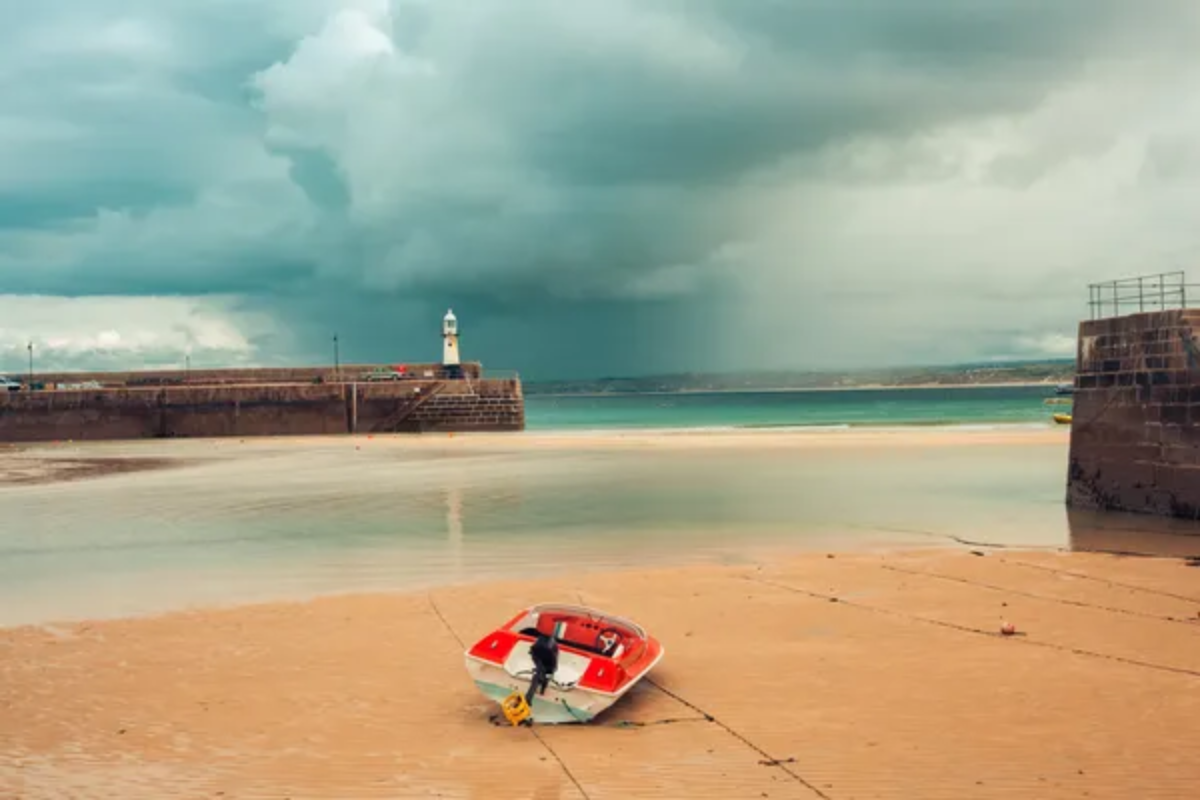
These coastal communities demonstrate how walking creates connections impossible through other forms of transportation—revealing architectural details, neighborhood transitions, and cultural nuances that vehicles simply speed past.
While water views might spark initial interest in these destinations, it’s often the walking experiences that transform visitors into temporary locals, creating memories built one step at a time. The best coastal towns invite exploration beyond the shoreline, rewarding curious pedestrians with authentic discoveries around every corner.
More from Travel Pug

- Cities Growing so Fast You Won’t Recognize Them in 10 Years
- 13 Destinations Where Tourists Regularly Regret Their Trip
- 20 Obscure WWII Sites Even History Buffs Don’t Know About
- 10 Under-the-Radar Mountain Towns That Are Both Affordable and Beautiful
- Remote Villages in Europe Where You Can Live for Free in Exchange for Work
Like Travel Pug’s content? Follow us on MSN.
